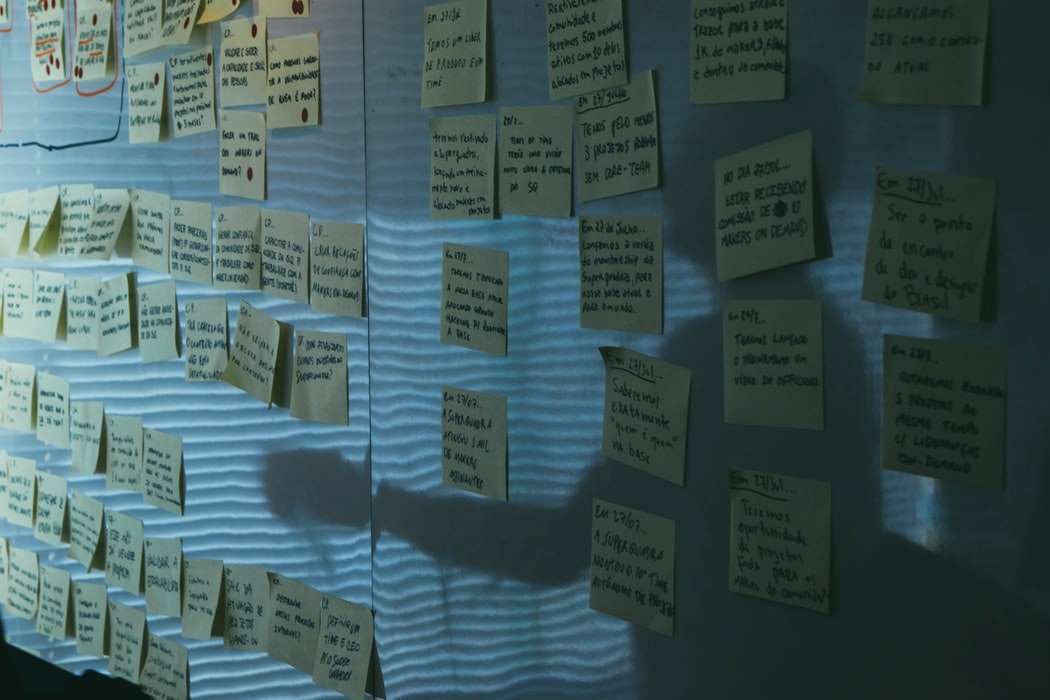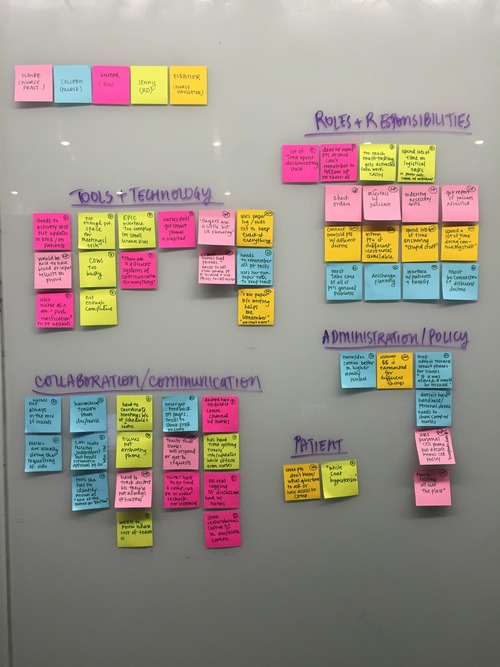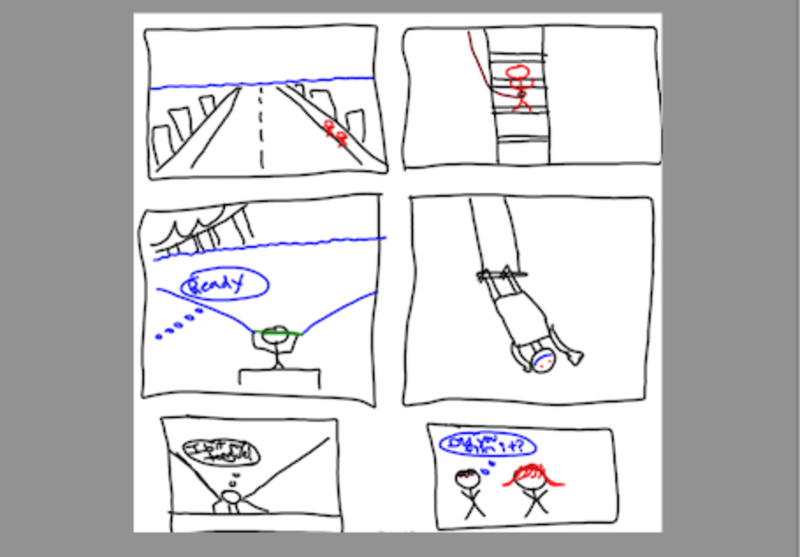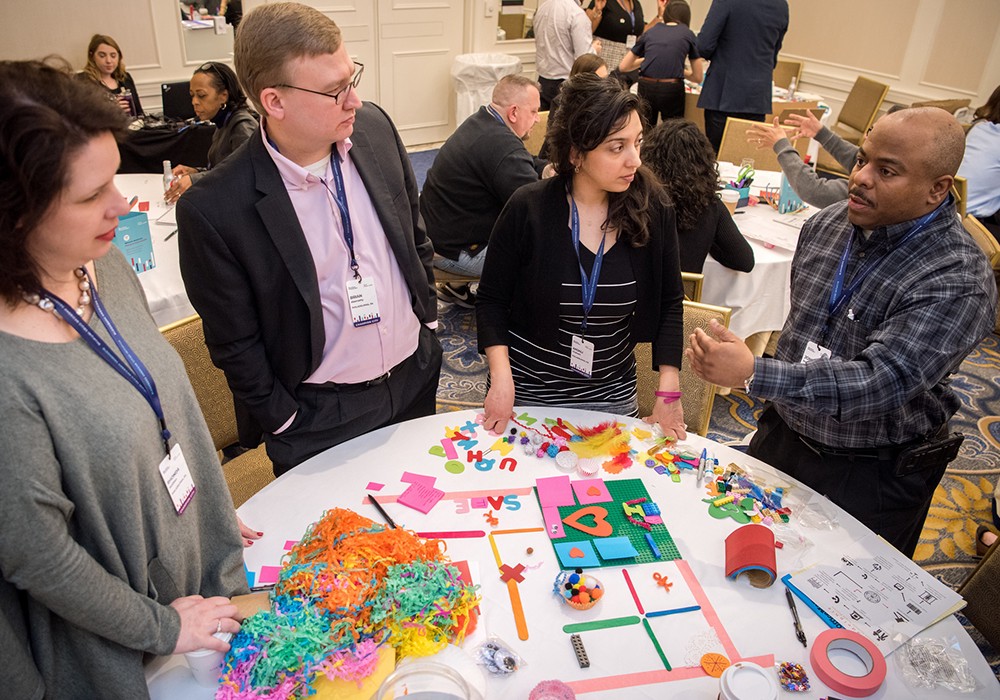“My students think Design Thinking is overrated, focusing too much on positivity and lacking the necessary critique to gain deeper insights. It is not as effective as everyone says it is, and I agree with them.”

The first image that comes to mind when Design Thinking is mentioned are the sticky notes covered walls.
Image by Startaê Team via Unsplash
Misconceptions of Design Thinking
In the recent years, Design Thinking has become a much-hyped subject. Companies invested a lot in engaging industry experts to conduct employee development programs. Demand for employees with Design Thinking skills or experience skyrocketed. Years later, companies are asking if such development programs, usually one-off with very little follow-up, are effective.
A big misconception is that Design Thinking is a stand-alone subject, and something that could be learned in a one or two-day course without having much practice. Unfortunately, it is because of such a misconception that people started becoming disillusioned by Design Thinking.

Discrepancy between expectations vs. reality.
Images of red car by Zain Saleem (left) and Gimmel Magaway (right) via Unsplash
So, what is Design Thinking, minus all the fluff and jargons?
Design Thinking is a life skill, somewhat like math or woodwork. There are many little things we learn in woodwork class; how do we operate the electric saw and the tools we could find in a toolbox to fix the bolts to the door.
Design Thinking is a 5-step process and many practitioners and experts have come up with frameworks and methodologies to move the thinking process in a more systematic manner.
It is a skill to be honed, as it would help us to think better.
Because Learning Takes Time and Patience
A common mistake that learners have is the expectation that one could quickly apply the learning gained from (any) Design Thinking class to arrive at an elegant solution. Much like learning a new language, one cannot expect to learn it in 3 months and expect to become a best-selling author in the new language.
One important take-away from being a Design Thinking practitioner for over 6 years, I’d say that patience is the key. Rather than thinking of accelerating the process to arrive at one’s goal, think of it as a long-term muscle training. Take baby steps and immerse oneself in the learning process.
”Again, you can't connect the dots looking forward; you can only connect them looking backward. So you have to trust that the dots will somehow connect in your future. You have to trust in something — your gut, destiny, life, karma, whatever.”
Steve JobsStanford Commencement speech (2005)
Steve Job’s speech at the 2005 Stanford commencement was one of the best examples of how even visionary leaders are not exactly sure if what they do now will impact their future, but they still carry that feeling of trust that their effort would lead them to something in the future. They put in the effort to learn from the experience gained along the way.
One big takeaway I have gained from Jobs’ commencement speech is that we need to put in effort and action to achieve something. And we all have to do time to become better at something.
The Toughest Advice Ever
”You need to invest time and effort if you really want to be good at something
My late aunt had always been an educator. Her life revolved around teaching and inspiring her students to become better versions of themselves on a daily basis. It was from my late aunt that I learned the word “persevere”. For the longest time, I thought it was a misspelling of the word “preserve”. I was probably 9 when we had that conversation. Back then, I was the kid who would always cry and give up immediately if anything took too much effort.
She taught me the meaning and the significance of perseverance. “When the going gets tough, we just need to push harder, take on some pain and challenges. Victory and success comes to those who persevere for the right reasons. You need to invest time and effort if you really want to be good at something”.
It was the toughest advice I ever received at such a young age. Decades later, I finally understood what she meant.
Just like persevering through the hardest of time, the journey to becoming a better Design Thinker is not something everyone would enjoy thoroughly. There will be ups and downs, bumps and uncovered manholes along the way to disrupt the learning journey.
Ultimately, learning to become a better Design Thinker is akin to learning a new skill. Just like how one would learn sports or some other skills from scratch, everyone’s journey would be different. It really depends on how much you are willing to invest in learning and practicing what you have learned.
Just like childbirth, most people would talk about the joys of parenting and not focus on discussing the hours of labor pain they went through. Once you see the beauty in the journey, the challenges faced would be well worth the effort.
Design Thinking as a Skill
Learning to become a better Design Thinker is akin to exercising different muscles. Allow me to use the famous EDIPT process to break down the different skills you’d exercise:
Empathy
In this step, you begin by seeking to understand the Users better. One big learning gained in this step is discovering our personal biases. Some practitioners would also discover that having an agenda or goal in mind might interfere with gaining better insights or discovering latent needs of the users.
This is a good time to practice our interviewing and listening skills.
Define
When defining the problem, practitioners would learn how to encapsulate the REAL PROBLEM – Using open-ended and positive questions rather than a perspective-limiting one, the famous “HMW” (how might we) help practitioners imagine more possibilities.
Being able to ask better questions would lead people to better answers. In essence, this is a critical skill to be polished.
Ideate
Have we exhausted every idea we came up with? Are we including and involving everyone? Is there anyone who has been left out of the conversation? Do we have a HiPPO problem?
HiPPO basically means “Highest Paid People’s Opinion” whereby people would usually allow seniors or their bosses to speak just because they have higher authority or seniority.
A few skills that practitioners would hone includes idea generation, clustering of similar ideas and voting for the ideas they want to use to move on to the Prototyping step. Brainwriting is an awesome way to gather information to avoid having the HiPPO problem. Communication skill and teamwork will be severely tested here. Speed is of the essence.

Simple clustering of ideas. Image via Michie Cao
Prototype
A big challenge most new practitioners would face is the act of dissociating from their ideas or creation. Practitioners tend to put in too much time for high fidelity (Hi-Fi) prototype on the first try. Instead, we recommend doing rough sketches and bringing it back to the team for discussions.
It is common to be ashamed of bad sketches or half-cooked ideas. However, it is through this process that we learn important skills such as “toughening up our skin” for raw feedback, as well as learning better ways to provide constructive feedback.
Bottom line is: Show your ugly babies here! Do not love them too much!

Simple storyboard sketch. Image via Betterlesson.com
Test
Here, practitioners will learn how to approach their users to gather feedback from their interaction with the prototype. A good skill to have is the ability to observe for non-verbal cues as well as reading between the lines. Another skill to be exercised is the ability to ask better questions to gain better insights.
The most common and expensive mistake both individuals and companies make is to leave the TESTING phase at the end when the prototype is finalized. Testing is not reserved for the final product. Testing can be done using paper sketches. You could also use Lego blocks to create a space and walk people through your rough ideas and see what they say.

Prototyping and testing using Lego blocks. Image via Bloomberg Cities
Why University Students Should Take the Design Thinking Class?
All in all, Design Thinking dares you to try new things. It pushes you to embrace ambiguity, and at the same time seek data and input for confirmation. It encourages you to understand yourself better, see the biases you have and challenges you to let them go. It forces you to collaborate with people, and further challenges you by making you work with people you may not necessarily like. It opens your horizon; it makes you think out of the box. It is never satisfied with the status quo, but seeks to find a positive opening to new possibilities.
When I reviewed my students’ Final Report on their experience in the Design Thinking class, one common pattern emerged: Many students would reflect on how they started discovering themselves, their personality and the way they interact with their team members.
The Design Thinking course has helped many students understand themselves more. And that, for me as an educator, is worth much more than the grades received in class.

Challenge accepted! Meme via Memegenerator.net
In Conclusion: Design Thinking is Gibberish
Now that I’ve got your attention, I’d like us to think about the many ways to make Design Thinking less gibberish.
Design Thinking is not magic. It is not something one could memorize and regurgitate in an examination. It takes a lot of effort and practice in honing the multiple skills involved to become a better Design Thinker.
It is easy to dismiss this rudimentary 5-step process as something unimportant or gibberish, if one does not go through the experience and reflect on how they have progressed along the way. The act of being group with members with similar skills would result in arriving at a collectively biased outcome, if no external input is gained and the right questions being asked.
With all that has been said, the environment in which we work in plays a significant role in determining the quality of information and experience gained. While it is very important to maintain harmony and encourage each other to be better versions of themselves, we should not forget the importance of wearing the Black Hat from De Bono’s 6 Thinking Hats in giving critique and constructive feedback. But most important of all is having respect for each other in every interaction.
Probably the first thing we all need to do is to evaluate the way we interact with each other and see if we are contributing to making the team better or disrupting the flow.

Edward De Bono’s 6 Thinking Hats. Image by McQuaig Group via Lionsgate
A common question I’d always ask my student is this: How long more do you want to keep knocking on the wrong door? When we do not know how to define the real problem based on quality insights gathered (in the Empathy stage), whatever we do next is akin to GIGO, Garbage-in-garbage out.
Before I end my piece here, I’d like to invite you to think about this question:
How might Design Thinking help you to lead a meaningful life?
Would you be open to embarking on this journey of self-discovery by embracing Design Thinking?
Design Thinking Course
The Design Thinking Intensive Course will be offered at the Nagaoka University of Technology in the Spring Semester (April – June) 2021, facilitated by Prof. Michelle Lim.
Classes will be held on campus and online (hybrid format).
Please contact Ms. Konishi from the STI Office for more information on class enrollment.











